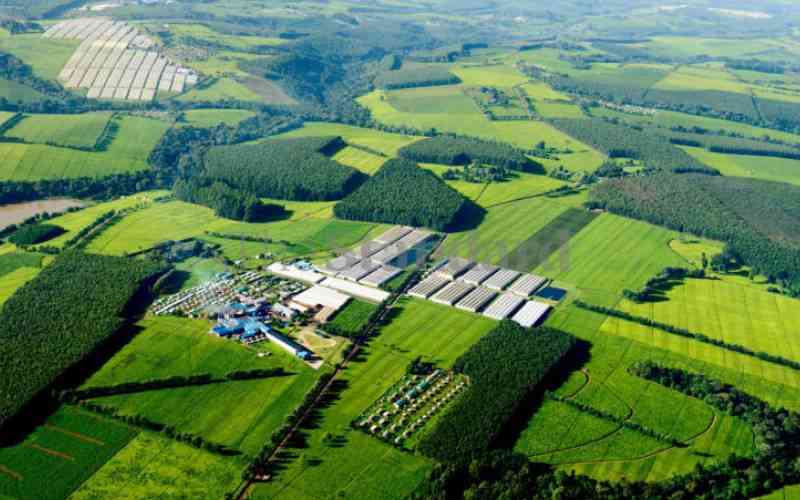×
The Standard e-Paper
Home To Bold Columnists

It was a drink made by the gods for emperors but at times it has been like a "blood" beverage that has left paupers squatting on their own land.
It all started when a strange leaf accidentally dropped into a container of hot water before it was served to a Chinese emperor Shen Nung in 2737 BC.